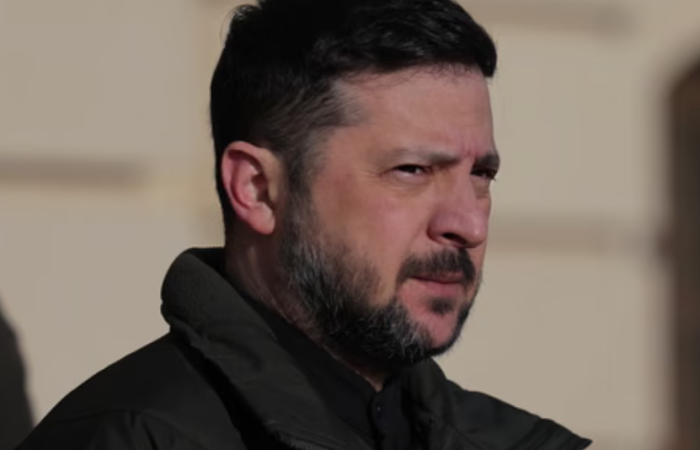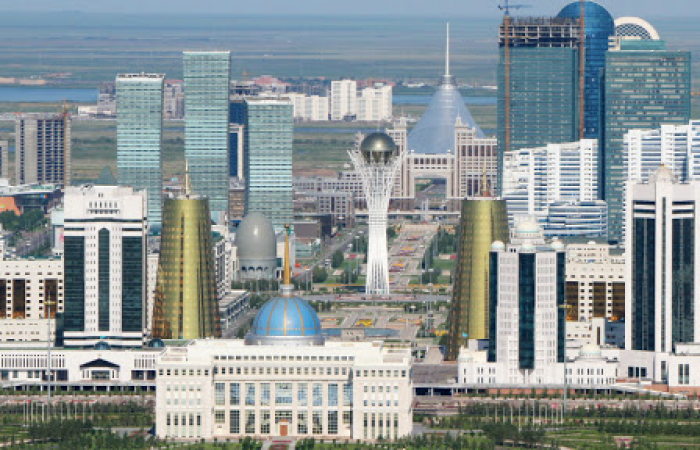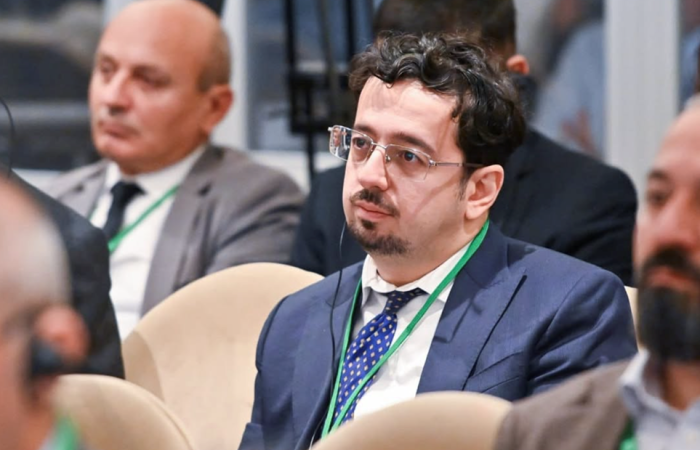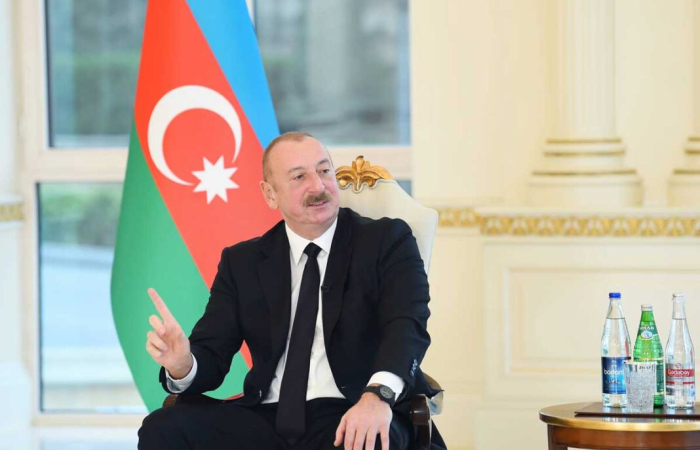Kyz Ala Kachuu is an obvious and unapologetic form of protest by Mirlan Abdykaylkov against the archaic and violating nature of the bride kidnapping traditions in Kyrgyzstan, writes Silvan Lochteken in this commentary for commonspace.eu. Its success at the Busan International Film Festival not only brings the international spotlight on the controversial practice, but reignites the contested debate on bride kidnapping that has polarized the Kyrgyz public for decades.
Kyz Ala Kachuu or Bride Kidnapping in English, has won the Kim Jiseok award at the 28th Busan International Film Festival. The success of the film at one of the most prestigious Asian film festivals showcases Kyrgyz cinema on the international stage and by extension, highlights the controversial practice of bride kidnapping that has long marred Kyrgyzstan’s human rights record.
The Kim Jiseok award that Kyz Ala Kachuu won in Busan on 13 October 2023, is dedicated and named after the late Kim Jiseok, the co-founder and former head programmer of the festival and awarded annually to the two best films by Asian directors that already have more than 3 feature film productions under their belt.
The film, directed by Mirlan Abdykaylkov and produced through the Bishkek based film company Oy Art, focuses on the widespread practice of bride kidnapping in Kyrgyzstan. The plot is based on numerous true events and follows several young Kyrgyz people whose lives are heavily affected by the still widespread social practice. Abdykaylkov builds an increasingly tense narrative, following the individual storylines from the pragmatic perspective of an outside observer, culminating in the kidnapping of one of the two main characters, by the family of the other. The film showcases the trauma and broad prevalence of the practice and is a clear protest of these deeply entrenched violating practices masked as tradition.
What is bride kidnapping?
“Ala kachuu” or bride kidnapping is a practice in Kyrgyzstan that mostly takes place within the ethnic Kyrgyz community who make up 77.7% of the population as of 2023. According to Human Rights Watch, the practice occurs in both rural and urban areas and typically targets women under the age of 25 which can include minors. Bride kidnapping is often considered deeply rooted in Kyrgyz tradition and is therefore regularly defended as legitimate. Bride kidnapping can occur in several forms, ranging from completely non-consensual abductions to staged kidnappings with consent from the abductee and her family. In the non-consensual instances, abducted women are often kept during a period of captivity where they may be subjected to physical abuse, attempts of persuasion by the abductor’s family to agree to the marriage, and even sexual assault, until the abductee grants consent or no longer rejects the marriage. The controversial tradition often repeats itself in a cyclical nature, where formerly abducted women forced to marry through bride kidnapping become complicit in future kidnappings orchestrated by their family.
How prevalent is bride kidnapping?
Bride kidnapping is outlawed in Kyrgyzstan in Article 155 of the criminal code, punishable by a fine or prison sentence, and is additionally illegal in Islamic law which prohibits marriages without consent of both parties. This is relevant, as the majority of bride kidnappings take place in Muslim communities and are often officiated by a local Imam. However, even with the illegality surrounding bride kidnapping, the practice has not only managed to survive, but has had a significant resurgence since Kyrgyzstan’s independence from the Soviet Union in 1991. Getting to the bottom of the facts and figures behind bride kidnapping in Kyrgyzstan is difficult as the majority of kidnappings go unreported and local authorities are often hesitant in prosecuting those complicit. However, rough estimates obtained through studies and surveys by Human Rights Watch, the American University of Central Asia, and the Central Asian Survey from 2004-2020, put the number of ethnic Kyrgyz women married through a form of bride kidnapping at 30-50%, with some rural areas reporting numbers as high as 80%. It is important to note that many Kyrgyz respondents consider non-consensual kidnappings a practice of the past and that modern kidnappings are staged to uphold tradition. Prosecuting bride kidnapping perpetrators and their accomplices is extremely rare in Kyrgyzstan. Many local law enforcement officials do not have negative perspectives on the practice due to a lacking social stigma of bride kidnapping and its recognition as an established tradition.
Ending bride kidnapping
Kyrgyzstan is a participatory state of the Organization for Security and Co-operation in Europe (OSCE) and is therefore subject to several agreements on gender equality. The OSCE Programme Office in Bishkek prioritizes providing support to the Kyrgyz government by raising awareness on gender specific aspects of security, supporting women’s initiative groups, and promoting further inclusion of women in law enforcement through the creation of the Kyrgyz Association of Women in the Security Sector (KAWSS). Kyrgyzstan has the highest rate of female labor emigration in Central Asia, which many researchers attribute in part to less restrictive gender norms. This could already indicate a strong societal foundation facilitating a systemic push for more representation of women in law enforcement, which ultimately may lead to bride kidnappings gaining more priority on the law enforcement agenda. Other than the OSCE, several international NGOs are providing support networks for kidnapped women out of Bishkek through hotlines and support groups.
The recent drive to end bride kidnapping is not solely encouraged and enforced by the international community, but also extensively from within Kyrgyzstan. The Kyrgyz government increased the prison sentence for bride kidnapping from 3 to 7 years, and introduced a new law in 2016 against forced marriages and those implicated in aiding perpetrators. It is also important to note that much of the younger Kyrgyz population is increasingly socially mobilized against bride kidnappings, with public protests on the rise since the 1990s. Since 2018, several deaths of women as a result of bride kidnappings has ignited widespread public outrage and sparked local as well as further national protests.
Kyz Ala Kachuu is an obvious and unapologetic form of protest by Mirlan Abdykaylkov against the archaic and violating nature of the bride kidnapping traditions. Its success at the Busan International Film Festival not only brings the international spotlight on the controversial practice, but reignites the contested debate on bride kidnapping that has polarized the Kyrgyz public for decades.







